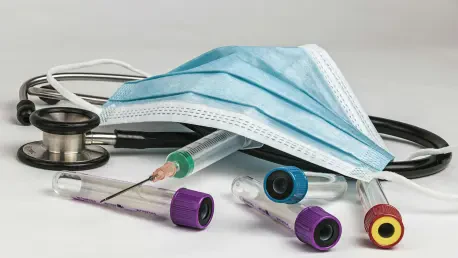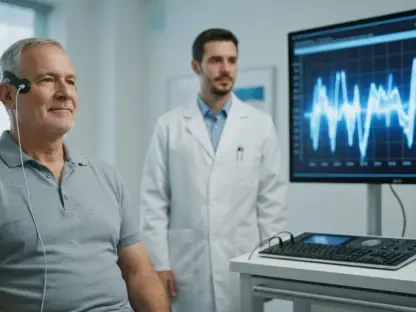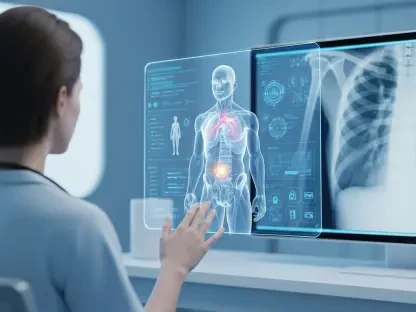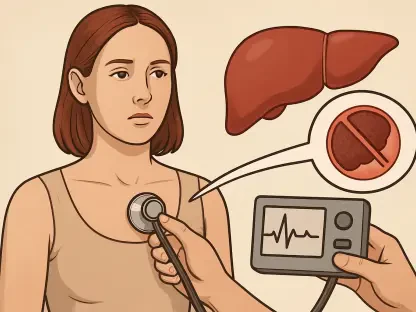The European Union is experiencing a notable shift within its medical device sector due to evolving regulatory frameworks, sparked by developments expected by early 2025. Beginning with a focus on key regulatory updates and industry responses, this transformation is deeply rooted in the frameworks of the Medical Devices Regulation (MDR) and the In Vitro Diagnostic Regulation (IVDR). These standards serve as the cornerstone for compliance and operations for manufacturers throughout the EU. As the legislative landscape adapts to new demands, both regulatory bodies and industry stakeholders are prompted to reassess strategies and procedures. This transformation encapsulates not only compliance issues but also broader challenges and opportunities. The current landscape forms a complex web of regulatory expectations, economic pressures, and technological advancements, urging an adaptive approach among manufacturers. This adaptive framework becomes crucial, forcing the EU’s medical device manufacturers to strategize against multifaceted external pressures while ensuring uninterrupted operational efficiency.
Regulatory Developments and Industry Reaction
A crucial new regulation starting January 10, 2025, requires manufacturers to report supply issues, signaling a key development in maintaining product availability. This notification requirement is a feature of the European Commission’s broader evaluation strategy, designed to assess both the efficacy and potential areas for reform under the MDR and IVDR regulations. Manufacturers are expected to navigate this system proactively, adapting to the new requirements for transparency and accountability. Additionally, the revision of the “Questions and Answers: Requirements relating to Notified Bodies” by the Medical Device Coordination Group (MDCG) in February introduces another layer of engagement. This document serves as an essential guide for manufacturers on interacting with notified bodies, entities vital for executing conformity assessments. These assessments are indispensable to ensure adherence to medical devices legislation, underscoring the importance of these bodies within the regulatory ecosystem. The MDCG’s directive, while not legally binding, significantly impacts manufacturing protocols, fostering a structured compliance environment.
Public consultation in March 2025 marked another pivotal point as the European Commission concluded this initiative to gather stakeholder input on current regulatory practices. This period allowed various industry voices to express concerns and suggestions, advocating for more streamlined and effective regulatory measures. MedTech Europe, a prominent voice in the medical technology sector, highlighted areas needing urgent reform, specifically pointing out inefficiencies related to speed, unpredictability, and cost under the MDR and IVDR frameworks. In parallel, Irish Medtech emphasized the need for integrating artificial intelligence (AI) and automation into Ireland’s National Life Sciences Strategy. This push signifies the broader industry’s reliance on technological innovations to overcome existing challenges. The European Medicines Agency (EMA) also added to this discussion by releasing an interim report on its pilot program for expert panels tasked with evaluating high-risk medical devices. This initiative proved particularly supportive for small and medium-sized enterprises (SMEs), offering an invaluable platform for navigating complex regulatory landscapes.
Geopolitical and Economic Challenges
Another layer of complexity emerged in April when the introduction of new tariffs by the U.S. worsened economic conditions for the EU’s medical devices sector. Such tariffs underscore geopolitical tensions that have financial repercussions on trade and manufacturing within the EU’s medical device landscape. MedTech Europe swiftly responded by urging the European Commission to consider and counteract these economic impacts. As this obstacle looms, industry stakeholders are encouraged to reassess their competitive strategies and supply chain operations. Meanwhile, Team-NB, representing the collective interests of notified bodies, issued crucial guidance documents essential for stakeholders. These documents included revised guidance on MDR technical documentation submissions and a comprehensive overview of the IVDR certification process. Team-NB also raised concerns about aligning the emerging European AI Act with existing MDR and IVDR assessments, emphasizing the necessity for coordinated and streamlined processes. This emphasis on AI acknowledges the growing role of technology in enhancing device functionality and compliance standards.
Economic and geopolitical uncertainties highlight the urgency of adapting to a changing global landscape, further magnifying the need for robust strategic planning. The introduction of tariffs has intensified existing pressures on supply chains and cost structures. Such challenges require manufacturers to navigate complex regulatory protocols while anticipating potential impacts on their operations and market positioning. Adhering to updated guidelines and anticipating regulatory shifts necessitates a forward-thinking approach. Industry stakeholders are compelled to integrate adaptable processes, leverage technological advancements, and develop innovative solutions to maintain operational resilience. The focus on aligning AI assessments with regulatory frameworks is a testament to the industry’s proactive measures, ensuring continued regulatory compliance and leveraging emerging technologies. By fostering collaboration, stakeholders can mitigate the effects of these geopolitical and economic challenges, striving for a future characterized by innovation, regulatory harmony, and sustainable growth.
Transitional Provisions and Future Outlook
The European Union’s medical device sector is undergoing significant changes due to evolving regulatory frameworks, initiated by developments expected to occur by early 2025. This shift is driven by updates to key regulations and how the industry is responding. The transformation is grounded in the Medical Devices Regulation (MDR) and the In Vitro Diagnostic Regulation (IVDR), foundational guidelines for manufacturers’ compliance and operations across the EU. As legislative requirements evolve, regulatory bodies and industry stakeholders need to reevaluate their strategies and methods. This transformation includes addressing compliance concerns along with broader challenges and opportunities. The current environment presents a complicated mix of regulatory expectations, economic pressures, and technological advancements, compelling manufacturers to adopt adaptable strategies. This adaptability is crucial for EU medical device manufacturers, as they contend with diverse external pressures while maintaining uninterrupted operational efficiency and ensuring they meet new regulatory demands.









